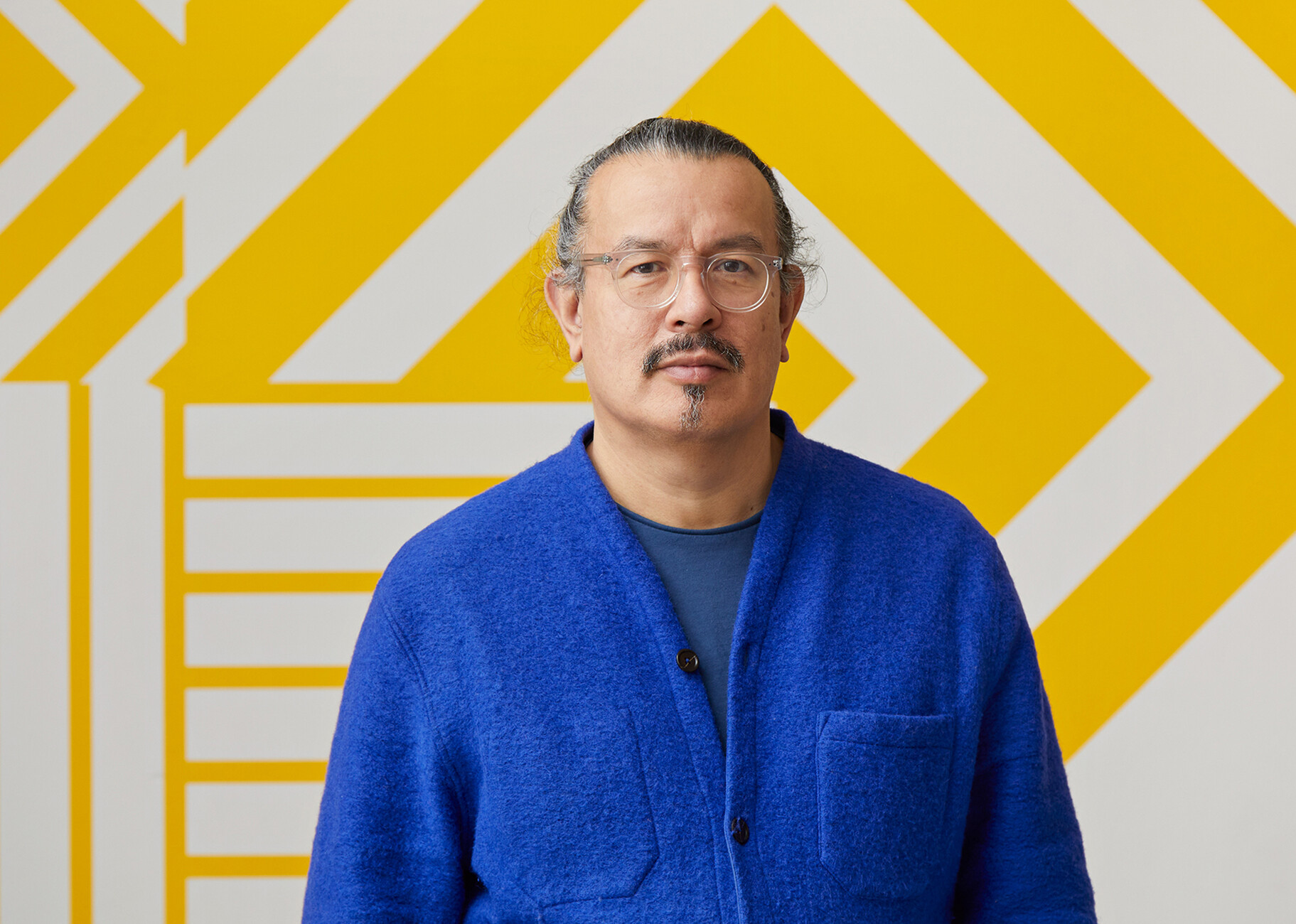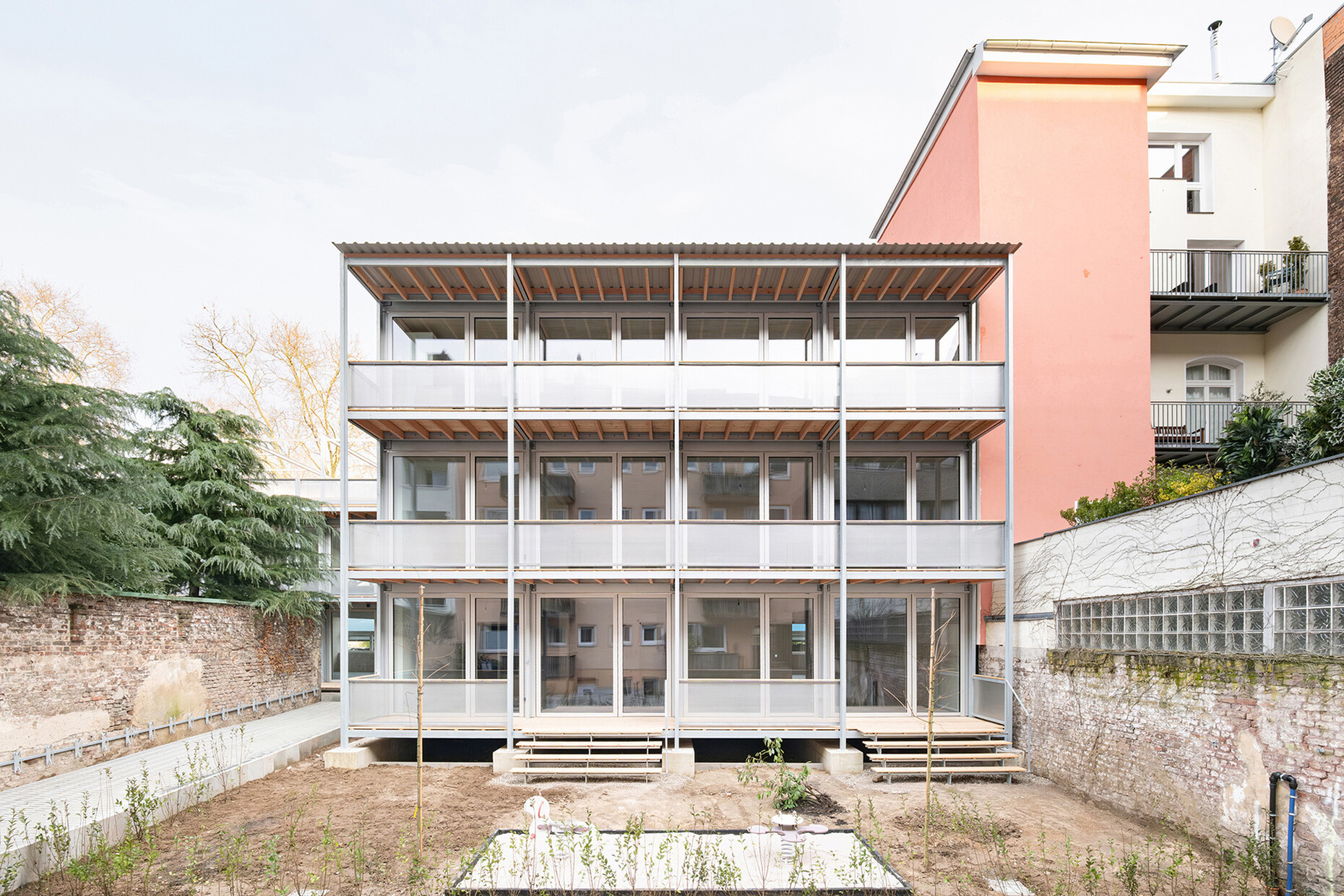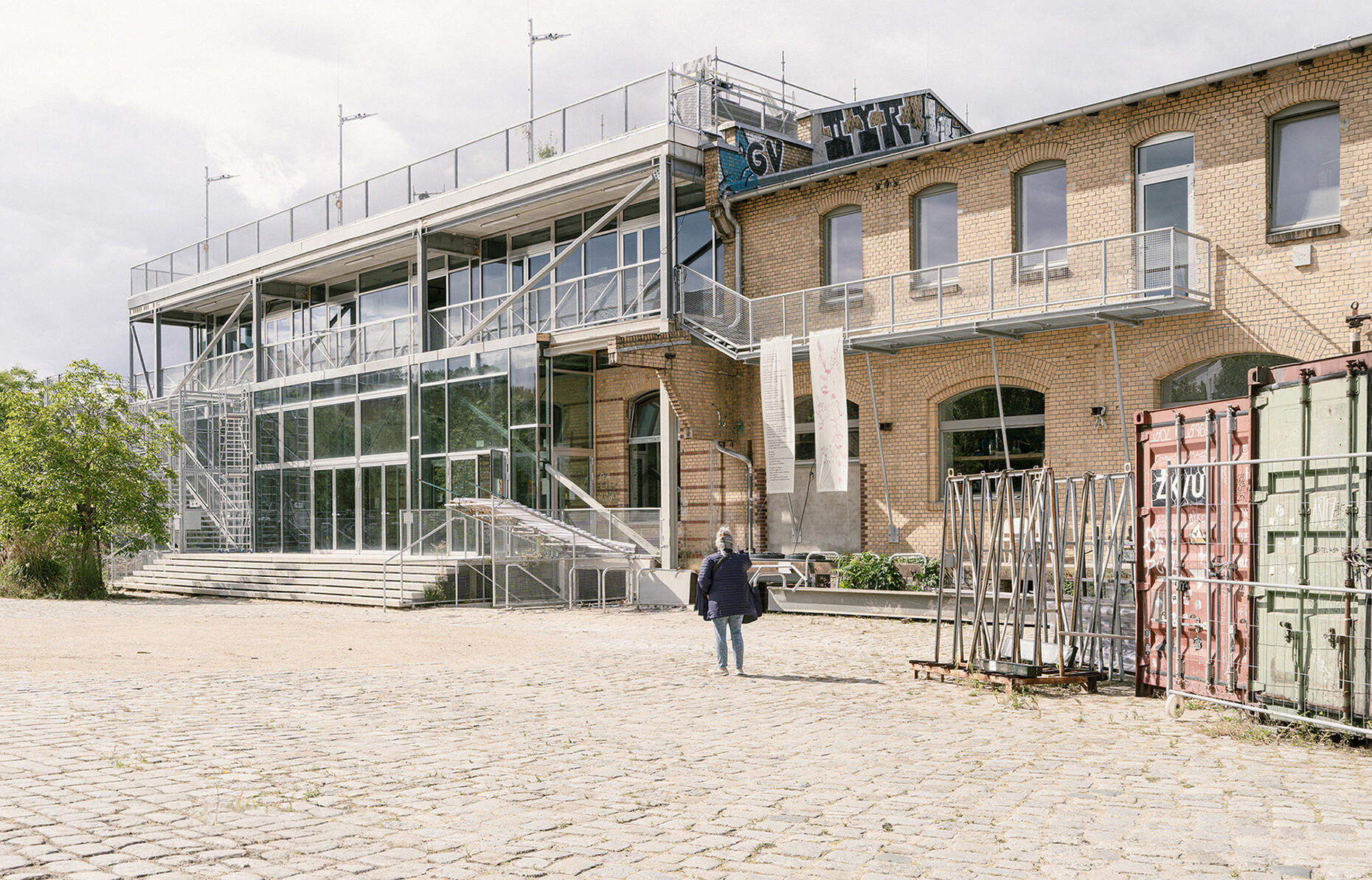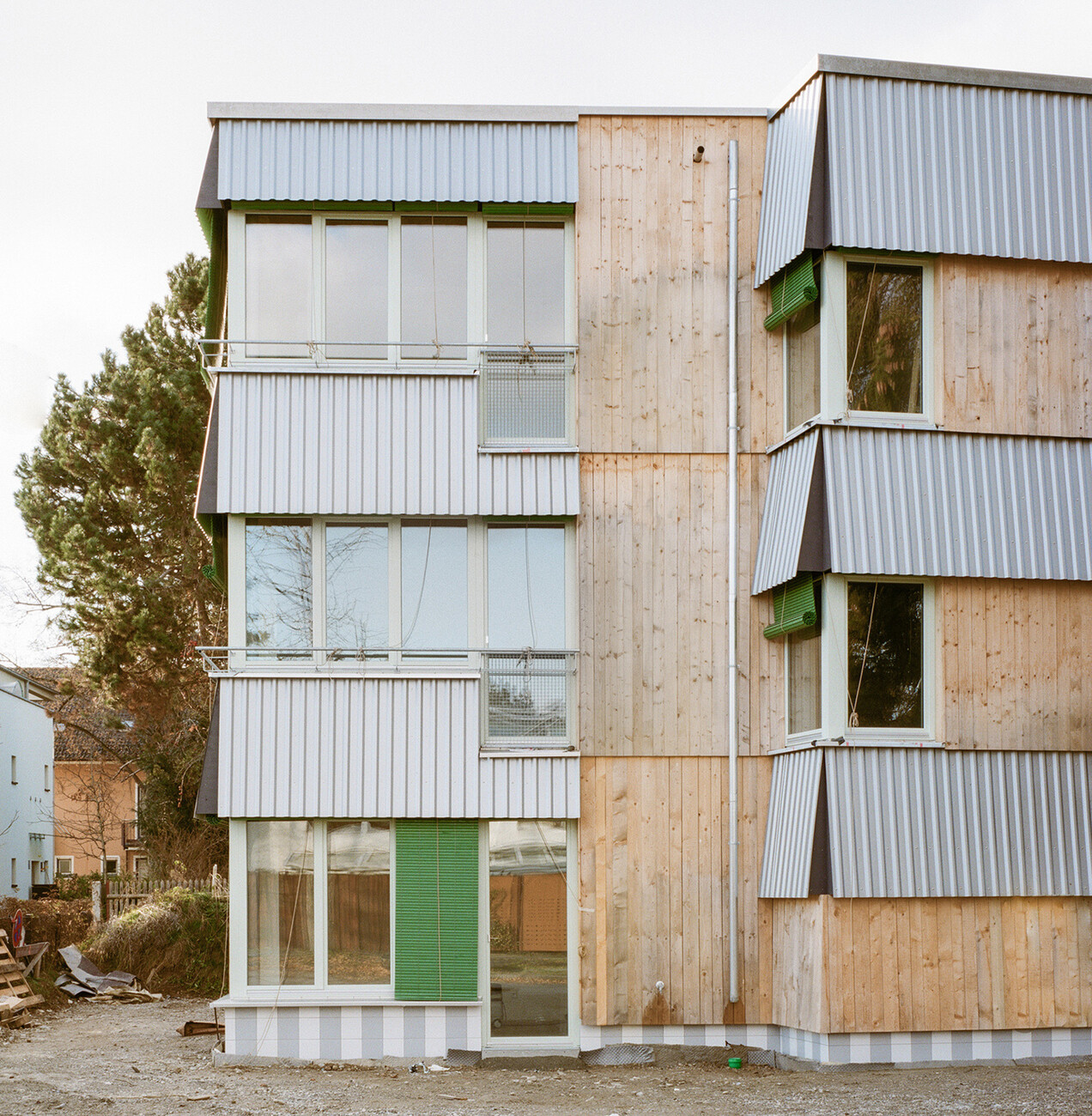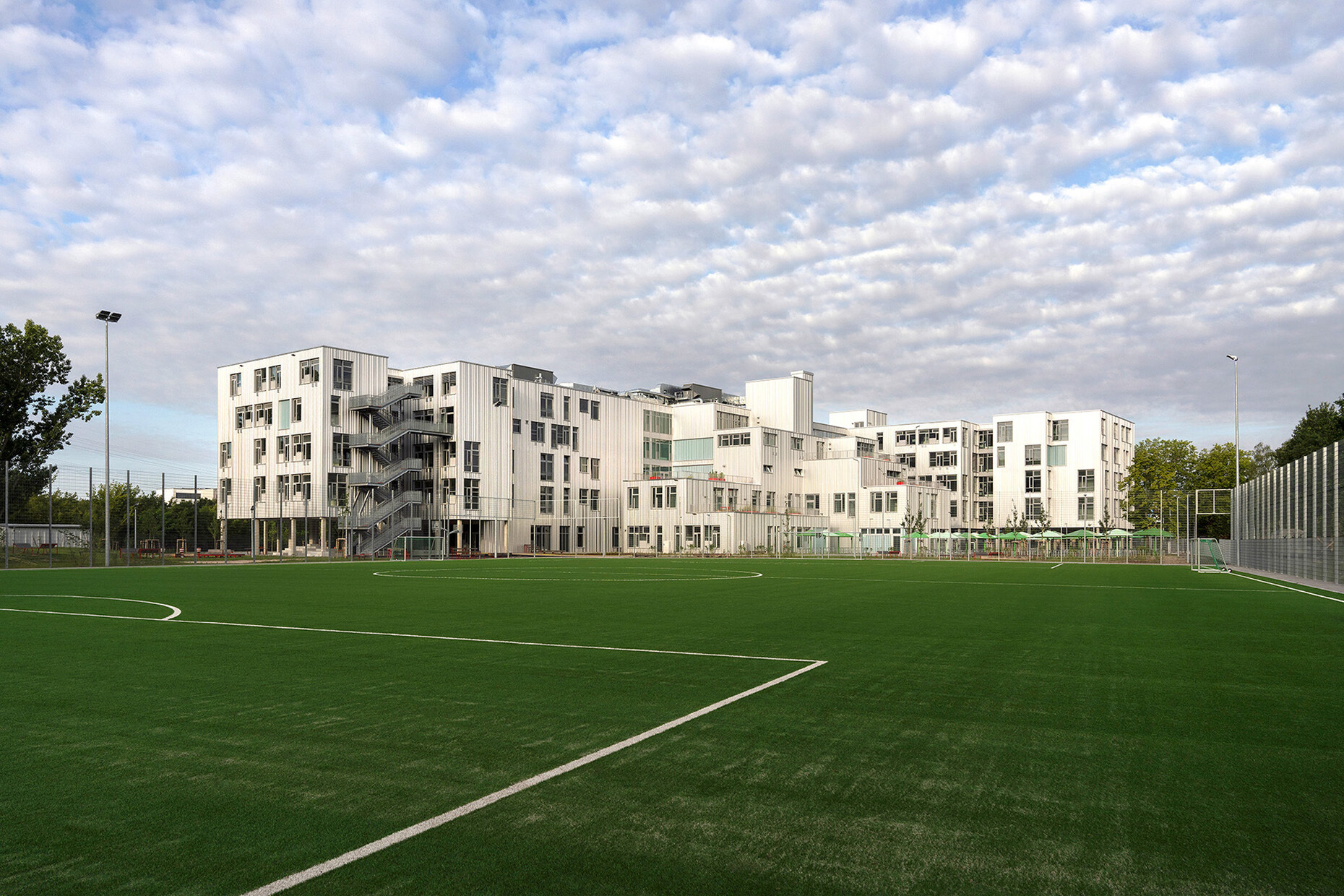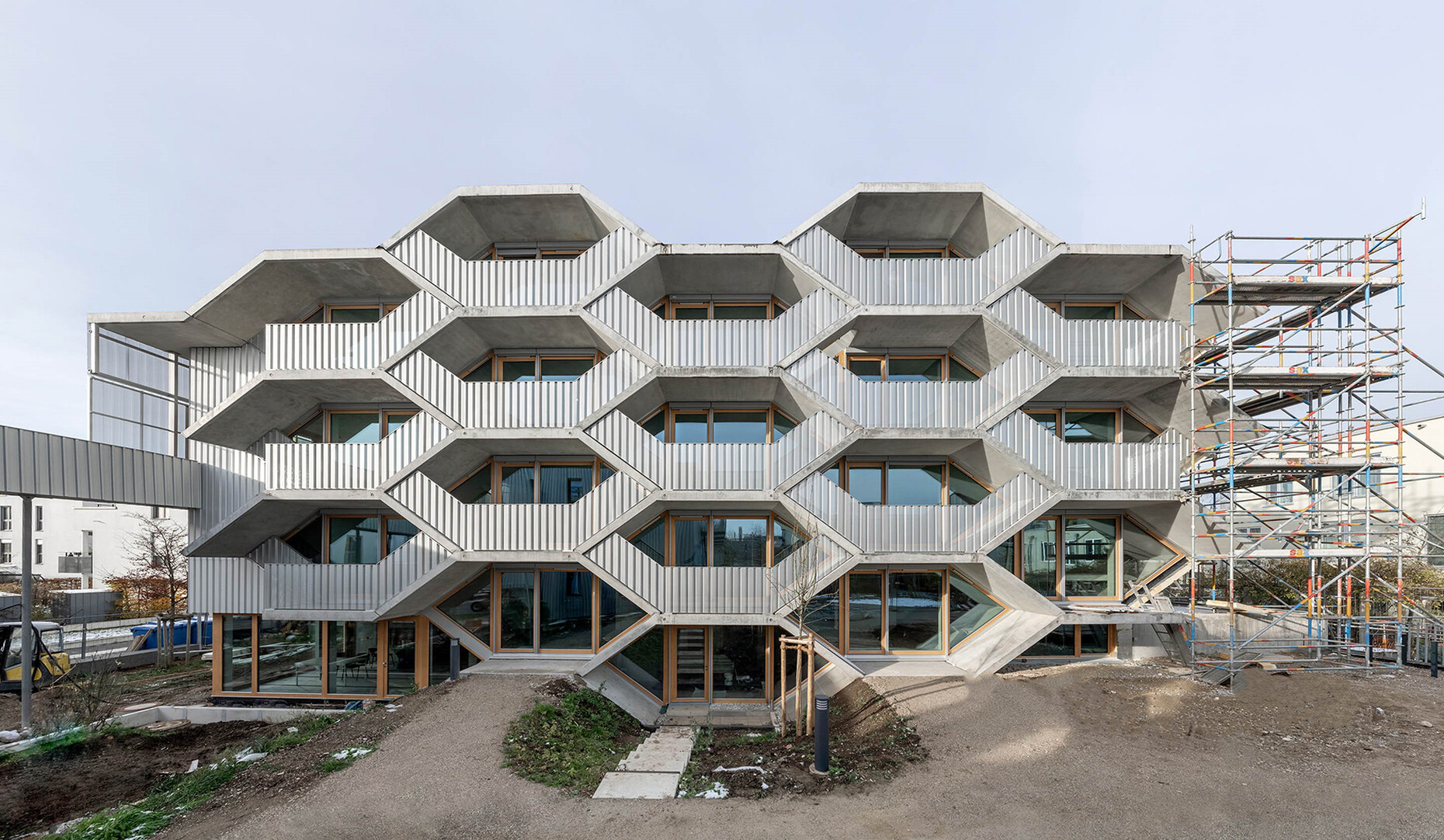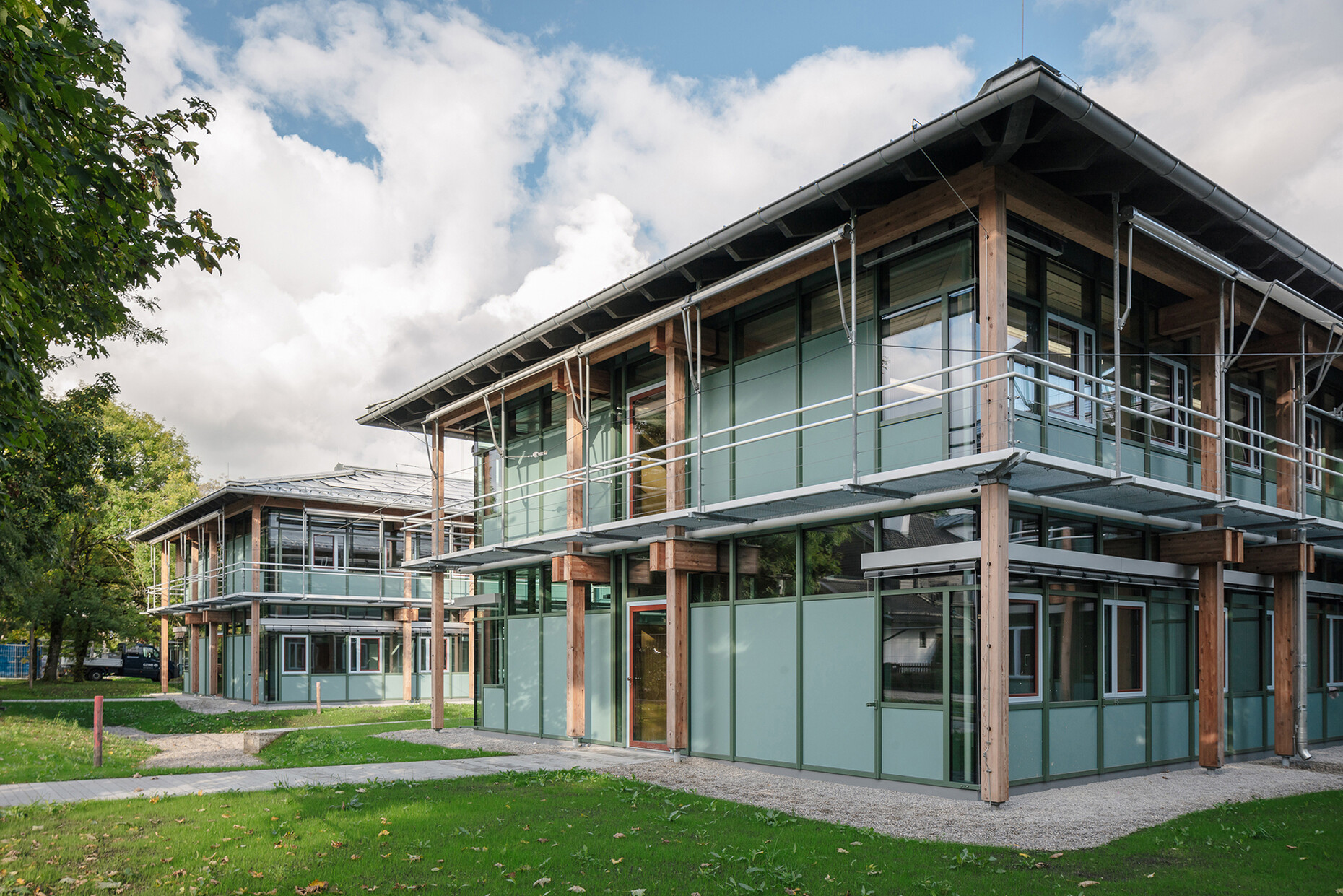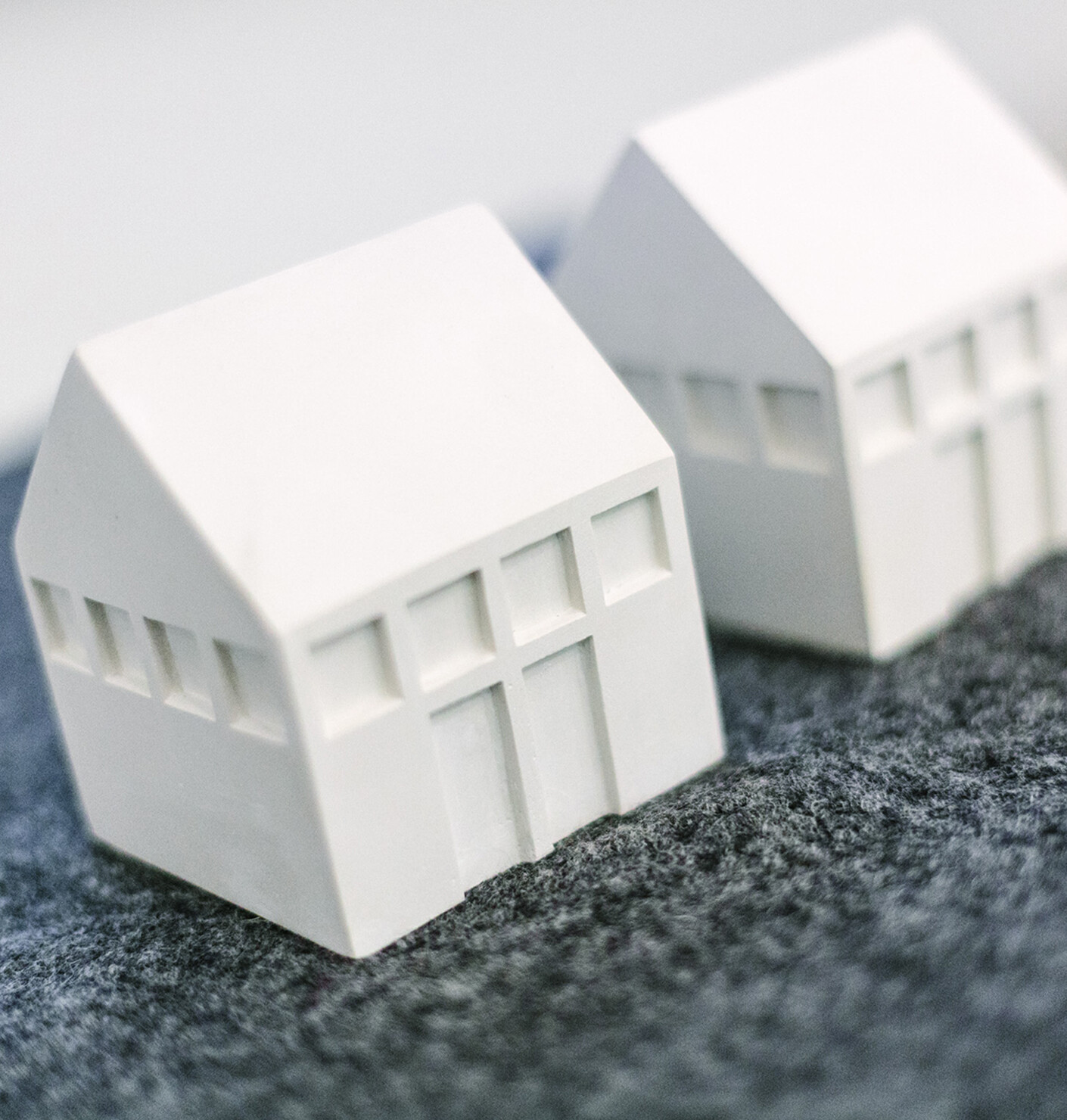DAM Preis 2026: A different approach
Gabriela Beck: Mr Schmal, you have been director of the German Architecture Museum (DAM) in Frankfurt since 2006. In 2007, you established the DAM Preis. What was your motivation?
Peter Cachola Schmal: The DAM was founded as an institution in 1979, and the museum building was added in 1984. My predecessors published yearbooks in which they presented a subjective selection of what they considered to be important contributions to architecture in Germany. When I became director, an architect from Frankfurt called me and asked, ‘How much does it cost to be featured in the yearbook? 20 or 30,000?’ Because that's how it worked before, in his opinion. I wanted to change that perception. I decided to introduce an award with a jury and to use the renamed German Architecture Yearbook as the organ of the new award.
Do you recall the beginnings?
Peter Cachola Schmal: The idea was to nominate at least a hundred projects so that the jury would have something to choose from. At the beginning, there were no finalists, only the winner. In 2007, that was Wandel Hoefer Lorch + Hirsch for the Documentation Centre at the Hinzert Concentration Camp Memorial. The 2008 DAM Preis went to Peter Zumthor's Kolumba Art Museum in Cologne – a project of the century, so of course it won. But I remember that it wasn't so easy to persuade Peter Zumthor to attend the award ceremony in Frankfurt. He asked me, ‘Does my project benefit your prize, or does your prize benefit my project?’ He was already renowned at the time, and the prize was new. I made a special trip to see him with the Swiss consul, and at his invitation to dinner, I was able to change his mind.
The DAM Preis is now one of the most coveted awards in the industry. You probably don't need to do any more persuading.
Peter Cachola Schmal: Nevertheless, there are always surprises. The Elbphilharmonie in Hamburg, for example, was another potential clear winner in 2017. But Jacques Herzog and Pierre de Meuron wanted to ‘leave the prize to younger people’ and did not participate. We then agreed to present the project as a special feature in the yearbook – similar to Cannes, where Hollywood blockbusters open the film festival out of competition. After all, as the German Architecture Museum, we also have a duty to chronicle. Our website already features well over 1,000 projects, providing a relevant overview of the last ten years. Incidentally, there will be another project out of competition next year: the Jung Gründervilla in Schalksmühle by Nehse & Gehrstein. After all, it would be inappropriate for our main sponsor to celebrate itself at the award ceremony.
How did the collaboration with Jung come about?
Peter Cachola Schmal: In 2016, the DAM collaborated with the designers Something Fantastic to create the exhibition ‘Making Heimat’ in the German pavilion at the 15th Architecture Biennale in Venice. The collaboration with Jung as part of a sponsorship partnership was very harmonious. Shortly afterwards, the company also became our partner for the DAM Preis and made its products available to our institution. This is a good fit, as Jung itself organises many architecture events, and we inspire each other very well.
There are awards such as the Red Dot Award in the design scene, where submission costs money and winning an award incurs the cost of booking a ‘Winner Package’.
Peter Cachola Schmal: The Red Dot Award receives around 4,000 submissions per year, which generates so much money that the prize generates a huge profit. Many companies participate because they need the internationally renowned award for their product. Something similar now exists in architecture. However, I don't think such commercial constructs are beneficial, as they neither serve to promote building culture nor support the profession. It's simply a case of someone making money – and that's not what we do. Nevertheless, the jury, the photographers, the copywriters, the exhibition, the award ceremony and the books all cost money. That's why we can't do without sponsors, but at least we keep them transparent.
How does the DAM Preis differ from the German Architecture Prize awarded by the BDA?
Peter Cachola Schmal: The German Architecture Prize is awarded every two years and receives around four to five hundred submissions. I believe that qualified nominations with the help of experts are better. Otherwise, there is a risk that some good projects will slip through the net because the firm did not apply, for whatever reason. That may be undemocratic, but we are interested in the best. I adopted the procedure from the Mies van der Rohe Award, where I sit on the steering committee.
Many prizes are divided into categories. The DAM Preis is not. Why?
Peter Cachola Schmal: Categories benefit the commercial approach. The more categories there are, the more winners there are, and the more revenue there is. In the end, everyone is a winner in some way. I was at an award ceremony at expo real in Munich, where there were over 130 winners – more than we nominate. On the other hand, categories can be restrictive and compromise quality. Then it's not the best project that wins, maybe not even a good one, simply because only two projects were submitted in that category. At the moment, for example, a lot of residential construction is being done and very little office construction. That used to be different. Another example is schools and kindergartens. In the future, there will be fewer projects in this category due to demographic change.
If there are no categories, do small projects even stand a chance at the DAM Preis?
Peter Cachola Schmal: Absolutely. It is often easier to implement a small project architecturally than a large one because the complexity is lower. I am thinking, for example, of the toilet block in the park on the Ilm in Weimar, designed by the Naumann Wasserkampf Architekten firm and shortlisted for 2024. As a result, it was also featured in the yearbook, and the young firm subsequently gave many lectures and subsequently received larger commissions.
One winner is selected each year from 100 nominated buildings. What is the process?
Peter Cachola Schmal: Each time, we are left with a list of thirty to forty remarkable buildings that are nearing completion and have not yet been photographed. This list is then expanded to 150 to 180 projects over the course of the year. In the beginning, we selected the buildings ourselves, but since 2016 we have also been considering suggestions from the juries of the chambers of architects and regional experts. We also ask all BDA regional chairpersons for suggestions. This ensures that local heroes, who may not yet be known to us, also have a chance. The expert jury then makes a selection from the approximately 100 nominees and determines the approximately 25 buildings on the shortlist. After an intensive round of discussions, four to five buildings are shortlisted from these nominees. At a second jury meeting, we visit these finalists on a three- to four-day tour and finally select the winning project.
Why do you go to such great lengths to visit the projects on site?
Peter Cachola Schmal: We only deal with projects that have already been photographed. However, buildings often look different in photos than they do in reality. And sometimes not all aspects are shown. In the case of Peter Haimerl's Wabenhaus in Munich, for example – one of last year's finalists – it only became clear on site that the necessary barrier-free flats were located in a neighbouring building. That's why visiting the projects is so important, because it's the only way to experience the environment and atmosphere and talk to the users or residents. In most cases, the client is there alongside the architects.
How do you put together the panel of judges?
Peter Cachola Schmal: The composition of the jury changes every year, and we take great care to ensure a good mix: last year's winner is always included, as are two people from JUNG. Then we consider the ratio of women to men and younger to older people. We invite someone from the trade press, such as Anna Moldenhauer from Stylepark this year, and curators from other architectural institutions, as well as at least three practising architects and landscape architects, because people with practical experience are familiar with the current problems facing the industry and therefore see some solutions differently.
From which federal states do you receive the most suggestions? Are there any differences?
Peter Cachola Schmal: Since 2017, we have been publishing the ‘German Architecture Yearbook’, as it is correctly called, with DOM publishers. It presents the projects on the shortlist. In addition, there is the annual ‘Architecture Guide Germany’, which lists all 100 nominees and includes a map of Germany showing the locations of the projects. It is striking that the south is much more strongly represented than the north. The east sometimes remains empty, while the flags are crowded in and around Berlin and Munich. At first, we thought this might be due to our informants, but no matter how many specialists we bring in, this does not change. So you could say that the quality of architecture is unevenly distributed in Germany. I assume this is due to the quantity and quality of the competitions that are announced.
What do the submissions tell us about the current discourse in architecture in Germany?
Peter Cachola Schmal: The spirit of the times is naturally reflected in the projects – you only have to look at the finalists from recent years to see that. Currently, topics such as sustainability and dealing with existing buildings play a major role. In 2023, for example, the Starnberg District Office was won by Auer Weber – a building from the 1980s that was formally continued in a similar style. The art lay in the adequate transformation of the details without destroying the character of the building. Ten years ago, this approach would not have received much applause.
You will be stepping down as director of the DAM in the summer of 2027. Will the prize continue?
Peter Cachola Schmal: Yes, that's for sure. How exactly that will happen is up to my future successor.
Award ceremony & vernissage:
Friday, 30 January 2026, 7 p.m.
Exhibition:
31 January – 3 May 2026
at the German Architecture Museum (DAM)
Schaumainkai 43, 60314 Frankfurt am Main
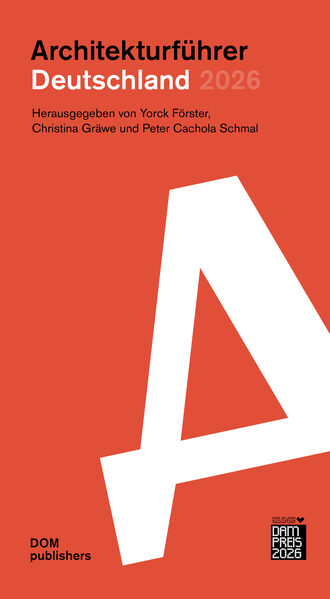
Architecture Guide Germany 2026
Yorck Förster, Christina Gräwe, Peter Cachola Schmal (eds.)
135 x 245 mm
240 pages
600 illustrations
Softcover
ISBN 978-3-86922-954-6
28 Euro
